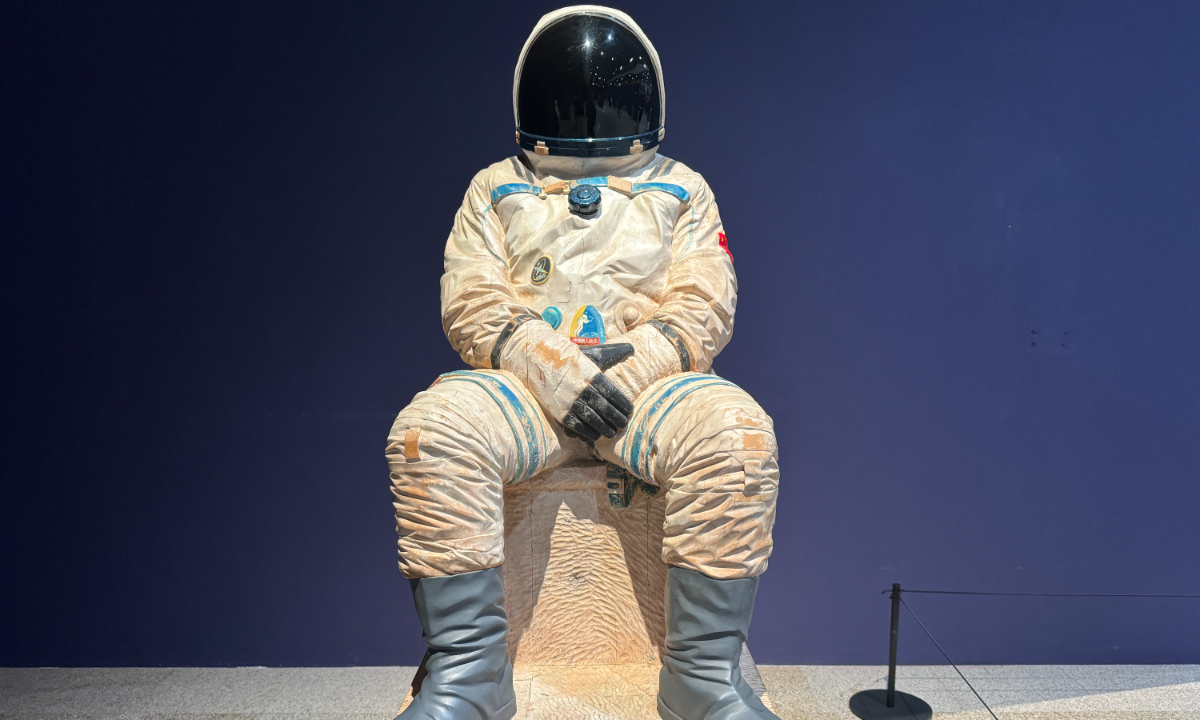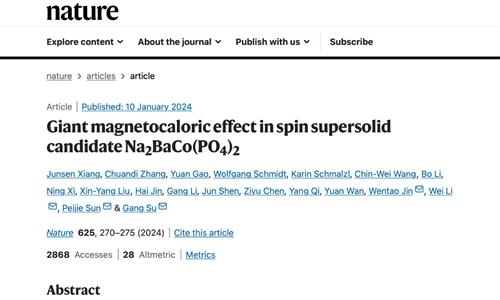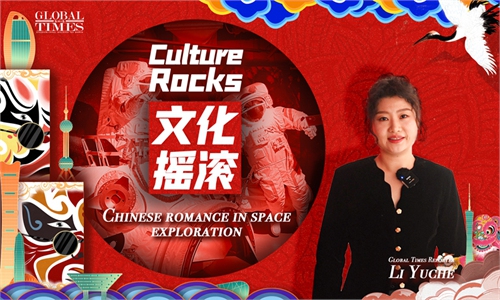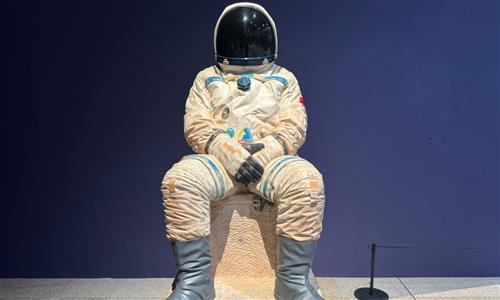ARTS / CULTURE & LEISURE
Sculpture exhibition showcases art inspired by Chinese space exploration

Photo: Li Yuche/GT
Boasting 65 sculpture pieces, an art exhibition inspired by the "Chinese space culture" was launched at the China National Arts and Crafts Museum and China Intangible Heritage Museum in Beijing on Friday.Sculptures on display give diverse representations on the "space" theme. Some realistic pieces depict iconic figures like Luo Chongtai, a pioneer in China's Lunar probe missions, and Chinese female taikonaut Wang Yaping. Some other art pieces are conceptual and examine the symbolic meaning of the Chinese space culture.
The City of the Sky is an artwork of creator Ding Hao. The art piece is composed with straight steel chains, rectangular steel tubes as well as stones. Those metal parts were put together like a rocket, and the stone was used as a metaphor of stars surrounded with the "metal rocket."
To a viewer, the materials of steel and stone symbolize the concepts of "industrial and technological advancement" and "the human nature." Their presence in one sculpture implies the space culture's essence of a task that engages both human and technological efforts.
Other than The City of the Sky, another sculpture called Chasing Dreams is more profoundly abstract. It shows three pieces of linen fabrics covered with polished black lacquer. These mysteriously looking sculptural installations try to resemble the dark matter of the universe and provide audiences with a visual tour to the far-away space.
Wu Weishan, director of the National Art Museum of China, said at the opening ceremony that the "space culture" represented through such versatile styles identifies how today's artists use creative languages for world interpretation.
He also added that the Chinese space culture is a source of inspiration for many artists nowadays.
Aside from Wu, Su Dan, a deputy director of the China National Arts and Crafts Museum, told the Global Times that the exhibition promotes the Chinese space culture to the public through art.
He noted that the "sculpture" is a good form to present the space culture due to its "interactive virtue" that can better engage viewers.
Taking the current exhibition as an example, Su told the Global Times that the "Chinese space" IP now nurtures the emergence of diverse cultural activities. Museum workers and culturists should investigate deep about how such an IP is represented.
"When we say 'space and art,' we don't mean to bring a piece of artwork to space, but use the art as a medium to convey the possibilities of the yet fully explored space," Su said.
"We can no longer construct future dreams out of the knowledge of the past," the expert said.
The exhibition was jointly launched by organizations including China National Arts and Crafts Museum and China Intangible Heritage Museum and Chinese National Academy of Arts.



